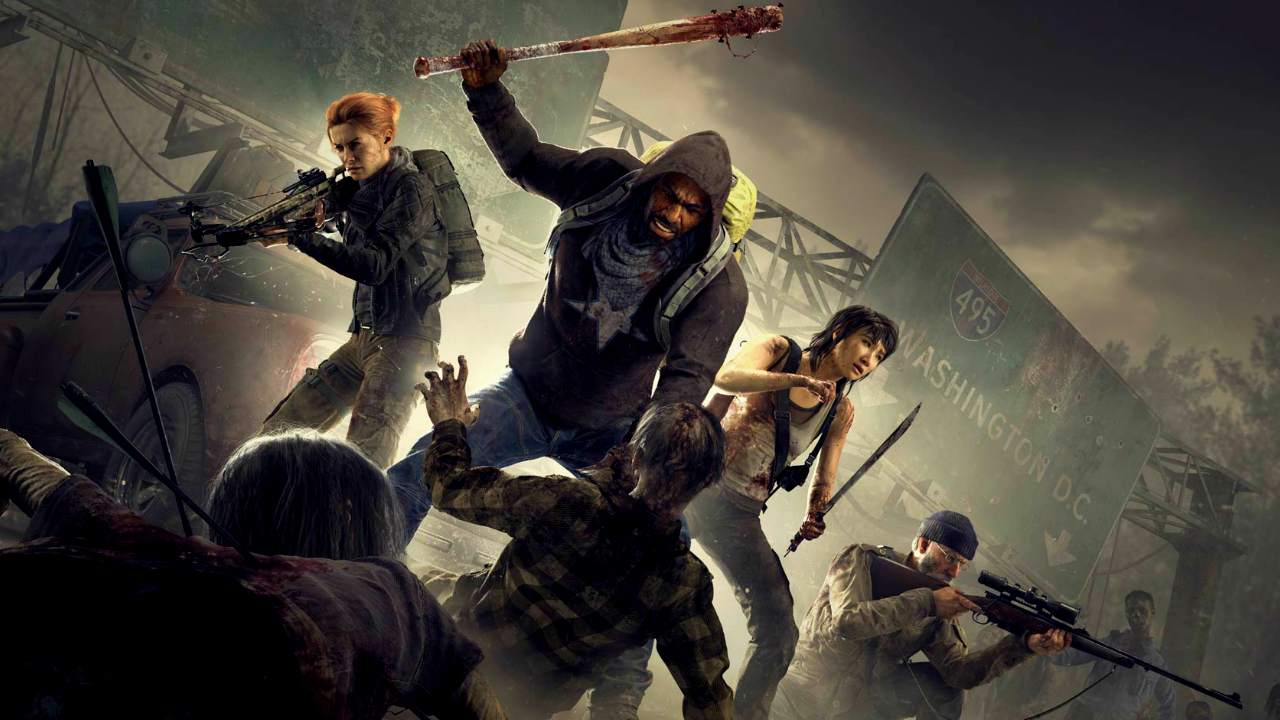Far Cry 3: Classic Edition looks great, but Ubisoft’s trend-setting open world hasn't aged as well as you think it has
However fondly you remember Far Cry 3, the Classic Edition fails to recapture any of the nostalgic magic
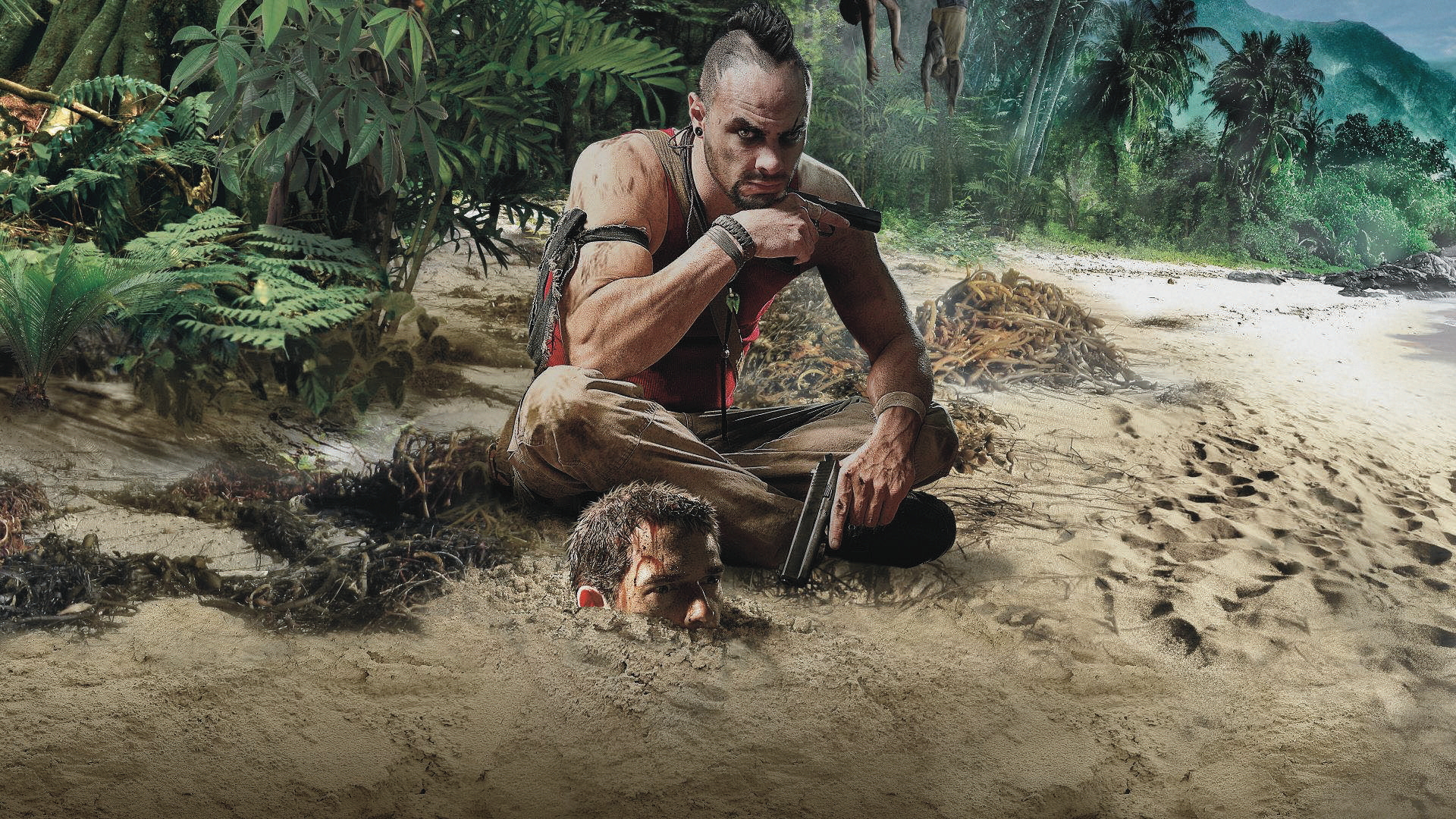
The irony is not lost on me when, during a second playthrough of Far Cry 3, Vaas begins the speech I’ve heard a thousand times before: “Insanity is doing the exact same thing over and over again, expecting things to change.” And yet, here I am, playing the same game again, except this time, things have changed. In fact, I’d go so far as to say that they've got worse.
The influx of remasters, reboots, and re-releases this generation means we’re now replaying pieces of interactive history at a greater frequency, allowing us to reassess our former judgements and make new discoveries about old titles, whether it’s realising that the old Crash Bandicoot games were diabolically difficult or appreciating even more of The Last of Us’ beauty on PlayStation 4.
My latest experience of this is with Far Cry 3, as I’ve been playing again via the newly released Classic Edition, which ports the PC version to PS4 and Xbox One. It’s been almost six years since I’d last set foot on the Rook Islands and, having thoroughly enjoyed Ubisoft’s open-world FPS the first time around, I was expecting to experience those same sensations once again. What a shock to the system it was, then, when I found myself wanting to shut down the game at almost every turn.
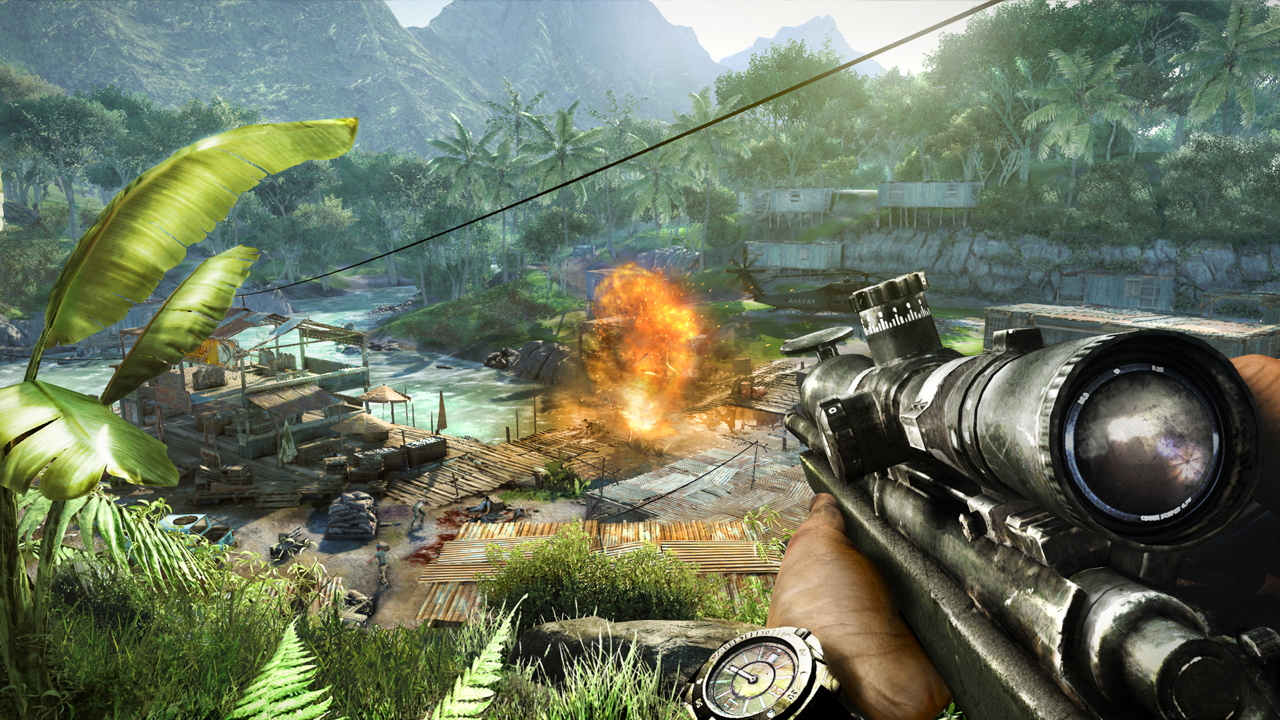
Before I explain myself, it’s worth remembering just how revered Far Cry 3 is, especially as an important milestone for both the series and Ubisoft’s reputation at large. It’s considered one of the studio’s formative game-changers, a series-standardising blueprint upon which all future instalments have been inherently built. By 2015, it had shipped over 10 million units, and every subsequent Far Cry game has been compared, either consciously or not, to the third.
Not only that, but Far Cry 3 was influential in entrenching the trademark Ubisoft open-world formula, which first began life with 2007’s Assassin’s Creed. Radio towers, outposts, RPG-style progression… these are the things that have appeared in one form or another throughout countless Ubisoft titles, from Watch Dogs to The Crew, but Far Cry 3 was the first to really bring all those elements together into one seamless space.
But while that core gameplay loop of liberating the peoples and turning the tide of despotism was, at one time, a fairly satisfying and addictive hobby, most of us have since grown weary and sceptical to Ubisoft’s incessant overreliance on the format. It’s become so routine in its ubiquity, in fact, that it’s now a common source of mockery for the company, to the point where even Far Cry 5 made a passing joke about radio towers at its own expense.
The developer has been trying to make a gradual but considerate move away from this, replacing those tedious towers with more dynamic NPCs as the main fountain of intel in Far Cry 5, and removing the minimap completely from Assassin’s Creed Origins, but the concept of a ‘Ubisoft Game’ is still a running joke within the industry nonetheless.
Sign up to the GamesRadar+ Newsletter
Weekly digests, tales from the communities you love, and more
A far cry from perfect
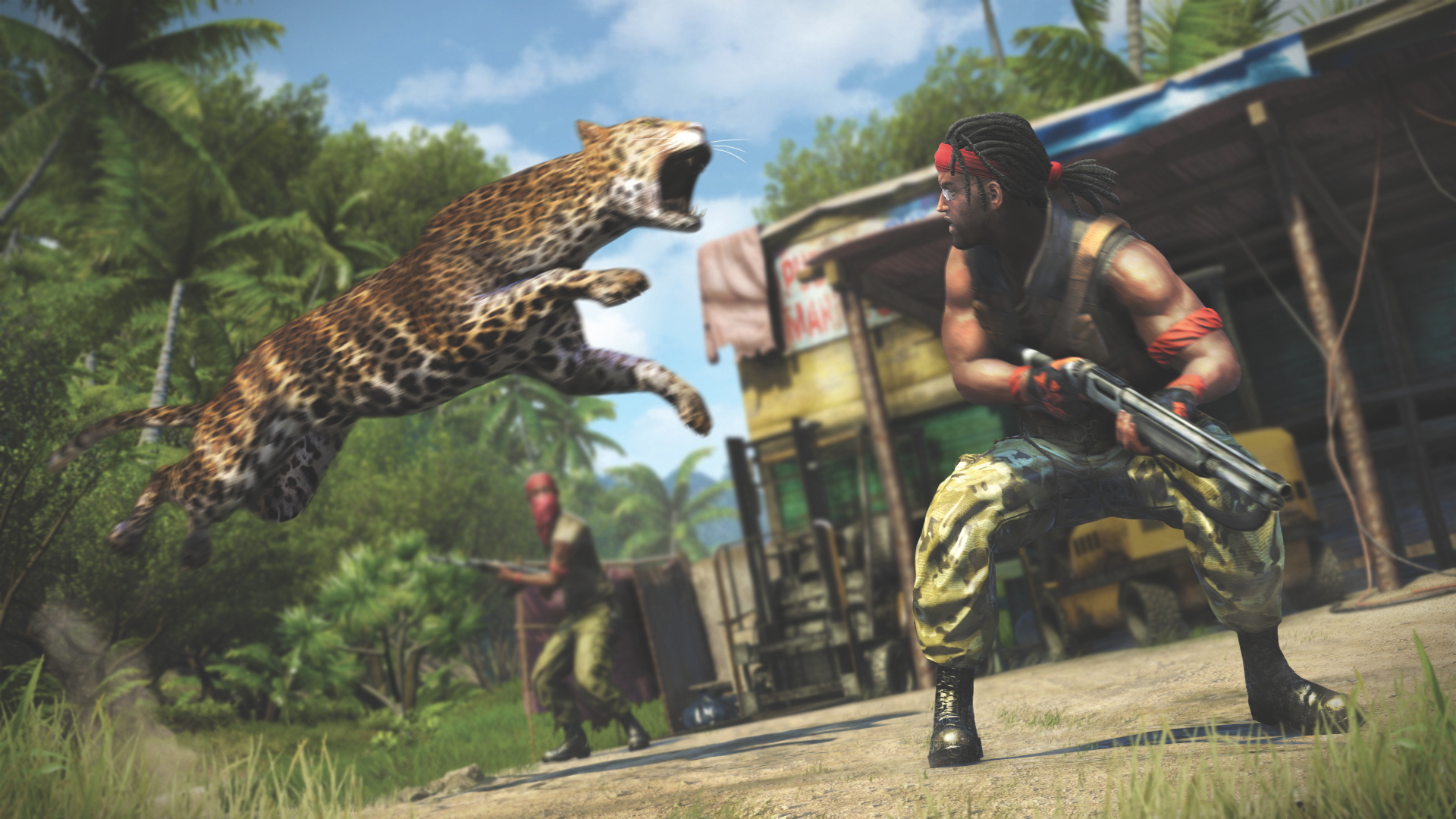
And that’s precisely what makes returning to Far Cry 3 so excruciating. Hindsight is a cruel mistress, and playing Far Cry 3 after years of follow up Ubisoft games makes it all the more miserable to play in 2018. Being asked to liberate yet more outposts, hunt for yet more resources and, yes, climb yet more towers... the busywork is forced on the player in ways that future Far Cry games became much better at circumnavigating. What was once an exciting step forward into the future of open-world games now feels like an unflattering trip down memory lane, and the rose-tinted glasses of nostalgia are doing nothing to ease the pain.
At least Far Cry 3 still looks good, which speaks to its lasting visual prowess when you realise the Classic Edition hasn’t been manually remastered to any considerable degree. The tropical jungles of the Rook Islands originally seem like a generic setting for a series which likes to challenge itself with distinctive backdrops, but when you start to notice all the dynamic activity rustling amongst the shrubbery, you can begin to appreciate the efforts Ubisoft took with the impeccable foliage, lighting, and physics effects. Far Cry 3’s user interface, on the other hand, practically screams 2012, with chunky fonts and gaudy colour themes that wouldn’t look out of place on the kid’s menu of a tacky steakhouse.
And then there’s Vaas. He’s been immortalised in popular culture as one of gaming’s best villains but, after seeing his story unfold for a second time in 2018, you begin to wonder why. Yes, that infamous “definition of insanity” speech is still a well written monologue (albeit an ironic portent predicting Ubisoft’s future obsession with gameplay repetition), and Michael Mando is clearly having a lot of fun chewing up the scenery, but it’s more pantomime than multi-act play.
In fact, it’s easy to forget that Vaas wasn’t even the primary antagonist of Far Cry 3, but the luxury was instead given to Hoyt Volker, the shouty South African warlord who is so obsessed with committing some misanthropic no-no in every scene, you suspect he realises he’s being outshone by Vaas and is desperately trying to one-up him at every turn.
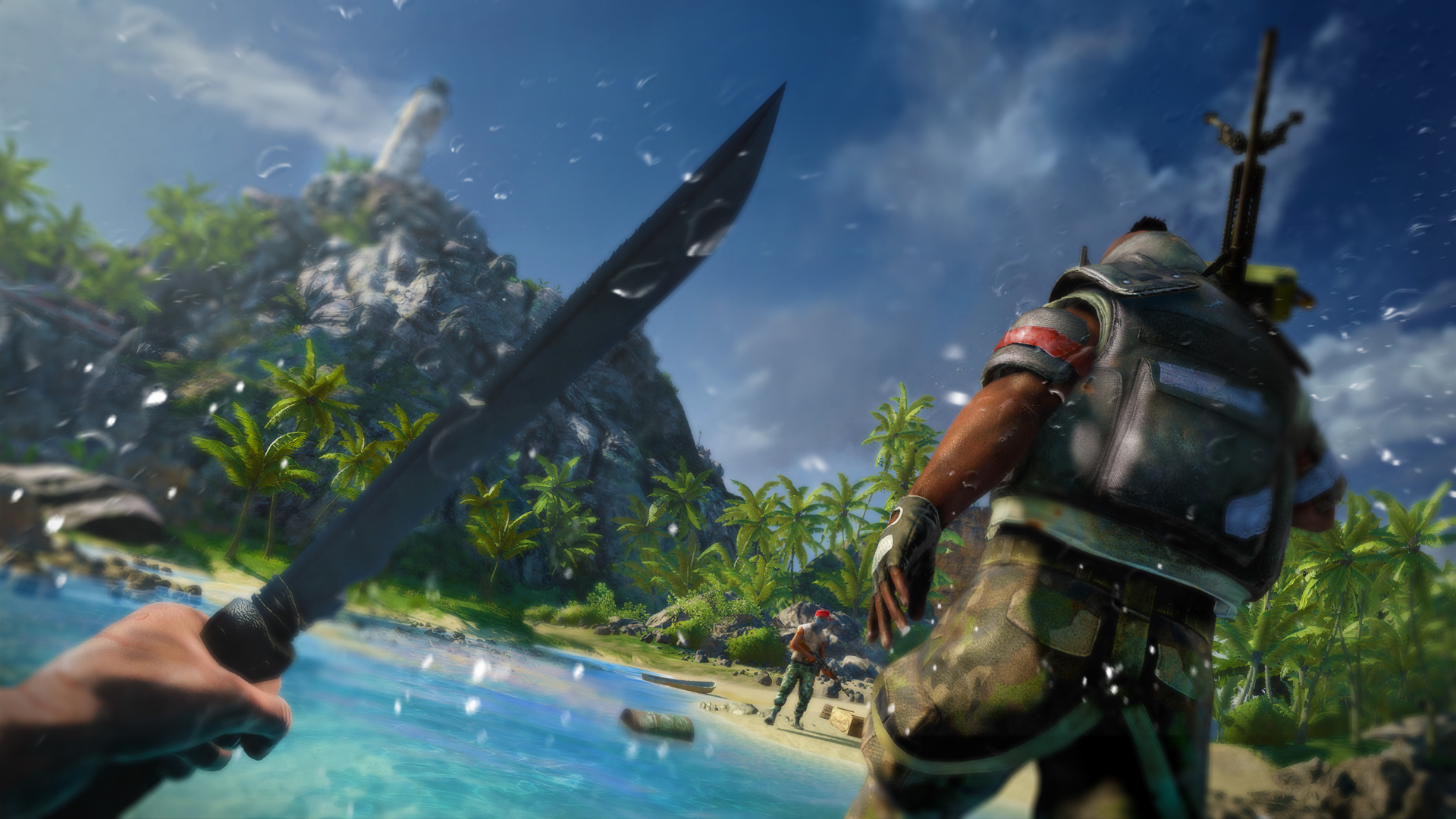
Playing Far Cry 3: Classic Edition has left me feeling far less fond of a title that, had I not replayed it, would have remained safely in my recollections as a cherished gaming highlight. Has the game simply aged poorly, or have I just become more critical in my 20s? Was my brain lying to me, or did I consciously dress up my memories of Far Cry 3 with a fanciful, nostalgic haze, only to realise the reality was far less interesting than I was willing to admit? Do my revised thoughts on the game invalidate my previous convictions, or vice versa?
"What was once an exciting step forward into the future of open-world games now feels like an unflattering trip down memory lane."
One thing’s for sure; the experience has now left me much more cautious about making repeat excursions to games from my past, as I fear any current goodwill held towards them will surely be soured by a return trip. Perhaps the best memories are those which are left untouched, even if the passage of time has rendered them more quixotic fantasy than accurate flashback.
Going back to these titles, and discovering their potential flaws, brings the danger of breaking that illusion, ruining their mystique forever. Just ask Vaas; he knows a thing or two about the follies of repetition.
I'm GamesRadar's Features Writer, which makes me responsible for gracing the internet with as many of my words as possible, including reviews, previews, interviews, and more. Lucky internet!
